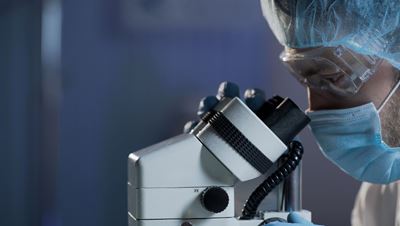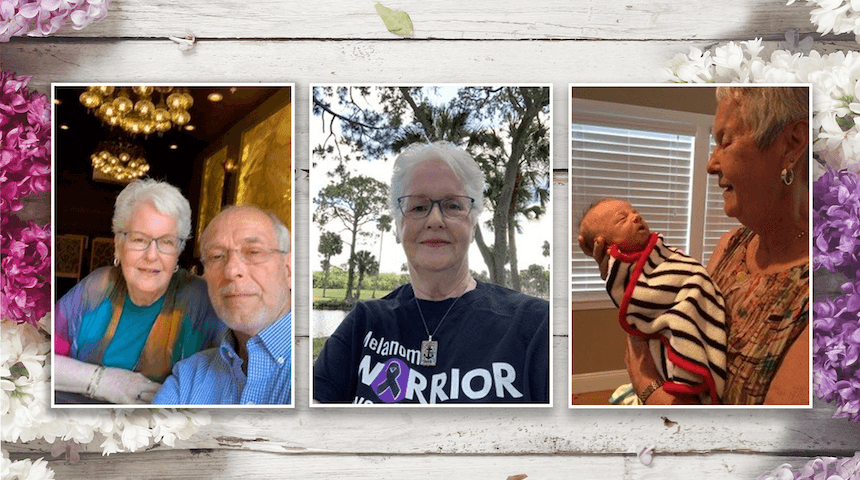10-Minute Cancer Test Breakthrough Shows Promise for Affordable, Early Detection
Most people only find out they have cancer after they’ve experienced a number of concerning symptoms. By the time that happens, cancer cells have multiplied and perhaps even entered surrounding tissue. But two new breakthroughs offer the promise of early detection of cancer in the body, which means far earlier treatment and more successful outcomes.
Impressive Breakthroughs in Cancer Detection
The first breakthrough is described in a study by researchers in Australia, who found that cancer forms a unique DNA structure when those cells are placed in water. With that knowledge, the researchers said they could use blood or tissue samples to detect the presence of cancer anywhere in the body within 10 minutes. When the 10-minute test was used on more than 200 samples, the test detected cancer cells with 90 percent accuracy. This test has been used to detect prostate, bowel, breast and lymphoma cancers, with the anticipation that the same methods can be used to detect cancers in other parts of the body.
The second breakthrough occurred earlier in 2018, when researchers at Johns Hopkins University developed a blood test that screens for eight common cancers by identifying cancer proteins and gene mutations in blood samples. This test detects cancerous tumors in the ovary, liver, stomach, pancreas, esophagus, colorectum, lung and breast. The test had varying degrees of accuracy. It detected 98 percent of ovarian cancers but only 33 percent of breast cancers. However, the blood test was able to identify the actual organ the cancer originated from in 63 percent of patients in the study.
Affordable, Early Detection Anticipated
What is promising about these tests, in addition to their ability to detect cancers early, is that the tests are non-invasive. Moreover, the Australian researchers suggest that with the 10-minute test, detection could be inexpensive and portable, perhaps one day using a mobile phone as a diagnostic tool. This means that tests like mammograms and colonoscopies, which are currently used as first-line screening tests, may be replaced by simpler and less expensive blood tests.
Not Yet Ready for Prime Time: More Research Still Needed
While both tests have created a lot of excitement in the medical world, neither can be widely used yet. The Australian test has not been used on humans and needs more clinical trials before it is available for patients. The same cautions follow for the Johns Hopkins test. Researchers for the Johns Hopkins test acknowledge more work needs to be done to improve accuracy and sensitivity of the test.
The news of these two breakthrough studies helps demonstrate the results of scientists’ continued progress in the detecting and treating cancer, and as we uncover more information about how cancer develops in its earliest stages, we will have more knowledge on how to prevent it.
Our Role at Orlando Health
Medical professionals around the world are heavily invested in finding ways to detect and treat cancers.  At Orlando Health, we conduct breast cancer research and develop clinical trials focused on DNA analysis to tailor treatment for specific cancers.
At Orlando Health, we conduct breast cancer research and develop clinical trials focused on DNA analysis to tailor treatment for specific cancers.
Orlando Health has approximately 65 actively accruing clinical trials. Eight new cancer-fighting drugs were approved by the FDA this past year for breast cancer, and we participated in each one of the trials. We also have 50 trials currently in the pipeline, and that number is always evolving.
At Orlando Health, we are dedicated to offering patients the breakthrough trials and treatments that help fight cancer.
Choose to Stay in Touch
Sign up to receive the latest health news and trends, wellness & prevention tips, and much more from Orlando Health.
Sign Up for HealthBeat










